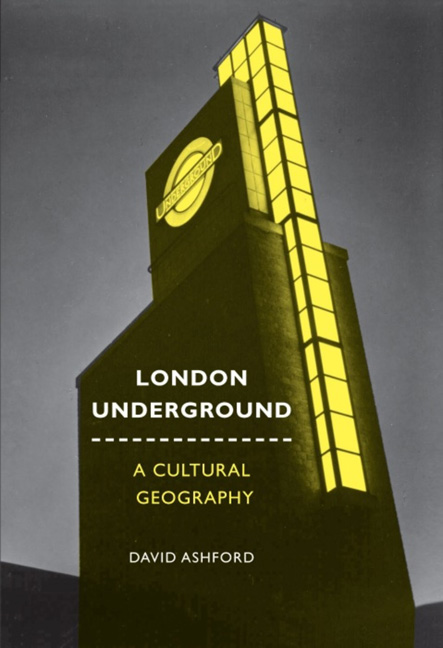Book contents
- Frontmatter
- Dedication
- Contents
- Acknowledgements
- Notes on Convention
- List of Illustrations
- The Book of the Machine: A User's Guide
- 1 Psychopathology of Modern Space
- 2 The Lord of the Dynamos
- 3 Blueprints for Babylon
- 4 Making a Home in Modernity
- 5 Christmas in Hell
- 6 Insurrection in Alphabet-City
- 7 The Ghost in the Machine
- Index
- Platesection
4 - Making a Home in Modernity
- Frontmatter
- Dedication
- Contents
- Acknowledgements
- Notes on Convention
- List of Illustrations
- The Book of the Machine: A User's Guide
- 1 Psychopathology of Modern Space
- 2 The Lord of the Dynamos
- 3 Blueprints for Babylon
- 4 Making a Home in Modernity
- 5 Christmas in Hell
- 6 Insurrection in Alphabet-City
- 7 The Ghost in the Machine
- Index
- Platesection
Summary
‘J'habite Metroland’, declares Julian Barnes's protagonist in the novel of that name, explaining that it ‘sounded better than Eastwick, stranger than Middlesex; more like a concept in the mind than a place where you shopped’. And this is precisely what Metroland is, as one of the booklets produced by the Metropolitan Railway to promote the region explained: ‘Metro-Land is a country with elastic borders which each visitor can draw for himself, as Stevenson drew his map of Treasure Island’. From the start, Metroland has been a territory that exists primarily in the imagination. The moniker ‘Metro-land’ was coined in 1915 in order to impart integrity to a thin corridor of land that lay to the north-west of London along the Metropolitan Railway In the inter-war years, spacious and leafy housing estates began to be built in this region, constructed in a syncretic style, incorporating elements from Tudor, Queen Anne and Art Nouveau. And the word remains evocative long after it lost this tenuous connection with reality, flourishing in poetry and fiction, and entering the language as a ‘generic expression of suburban life’, representative of at least one-third of the total housing-stock in Britain immediately prior to the Second World War, the archetypal commuter belt. But, in fact, ‘Metro-land’ represents a paradoxical combination – a locality, a region, a place that is defined entirely by its relation to a non-local transit system – a non-place. In previous chapters I have argued that the London Underground was taken by the avant-garde to be a symbol of the exciting new mediated spaces brought into being by the rise of international circulatory networks. To study Metroland is, then, to consider how people have managed to inhabit a space that would not seem to lend itself to habitation; it is to examine how and with what success people have attempted to make a home in modernity. The present chapter will attempt to chart this virtual space, considering its antecedents in the fiction of H.G. Wells and G.K. Chesterton, exploring its unrelentingly negative portrayal in the inter-war years – as a failure to meet modernity with modernism – and then looking at the subsequent reassessment of the Underground garden suburb's success in meeting its own objectives following the Second World War, with special attention to Julian Barnes's first novel, Metroland (1980).
- Type
- Chapter
- Information
- London UndergroundA Cultural Geography, pp. 93 - 114Publisher: Liverpool University PressPrint publication year: 2013



